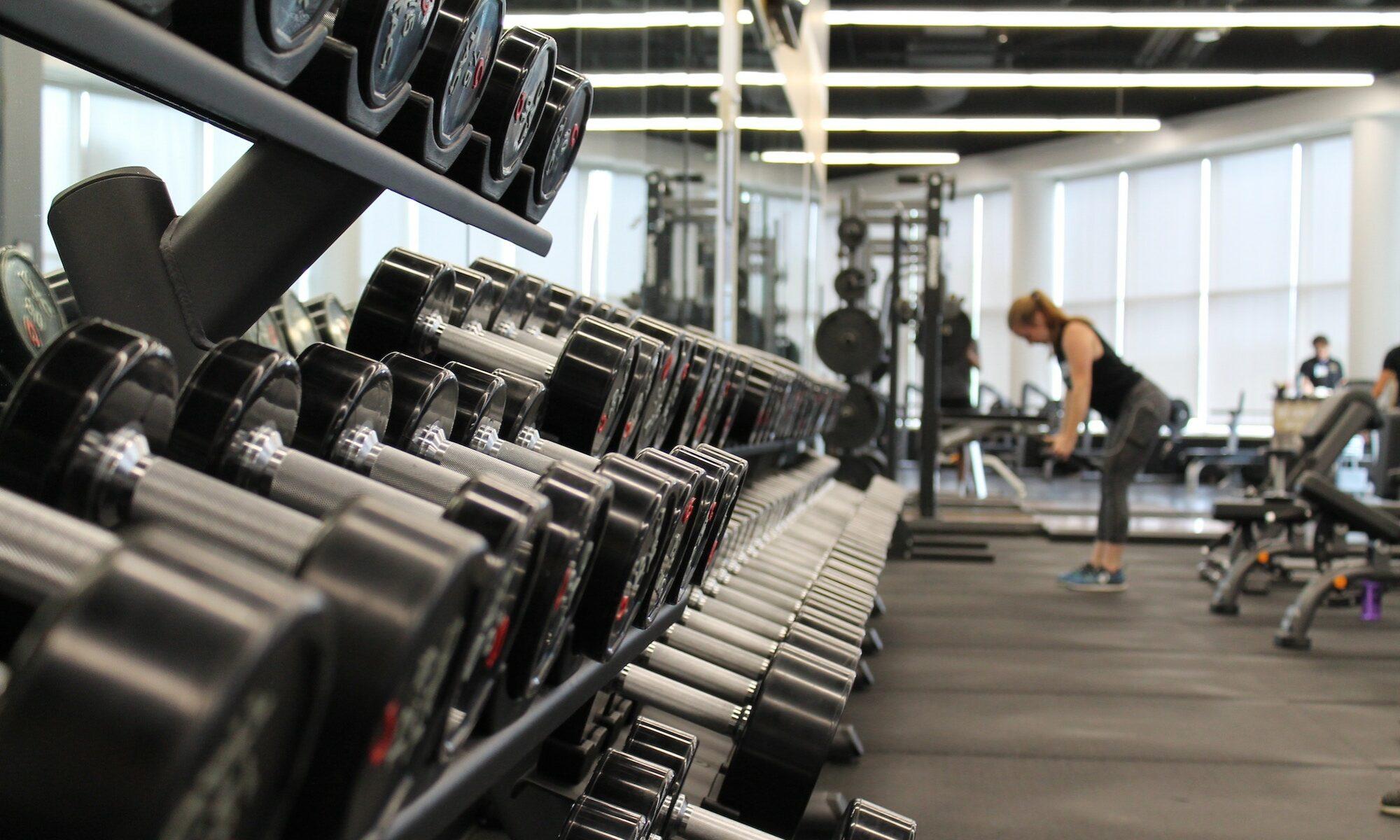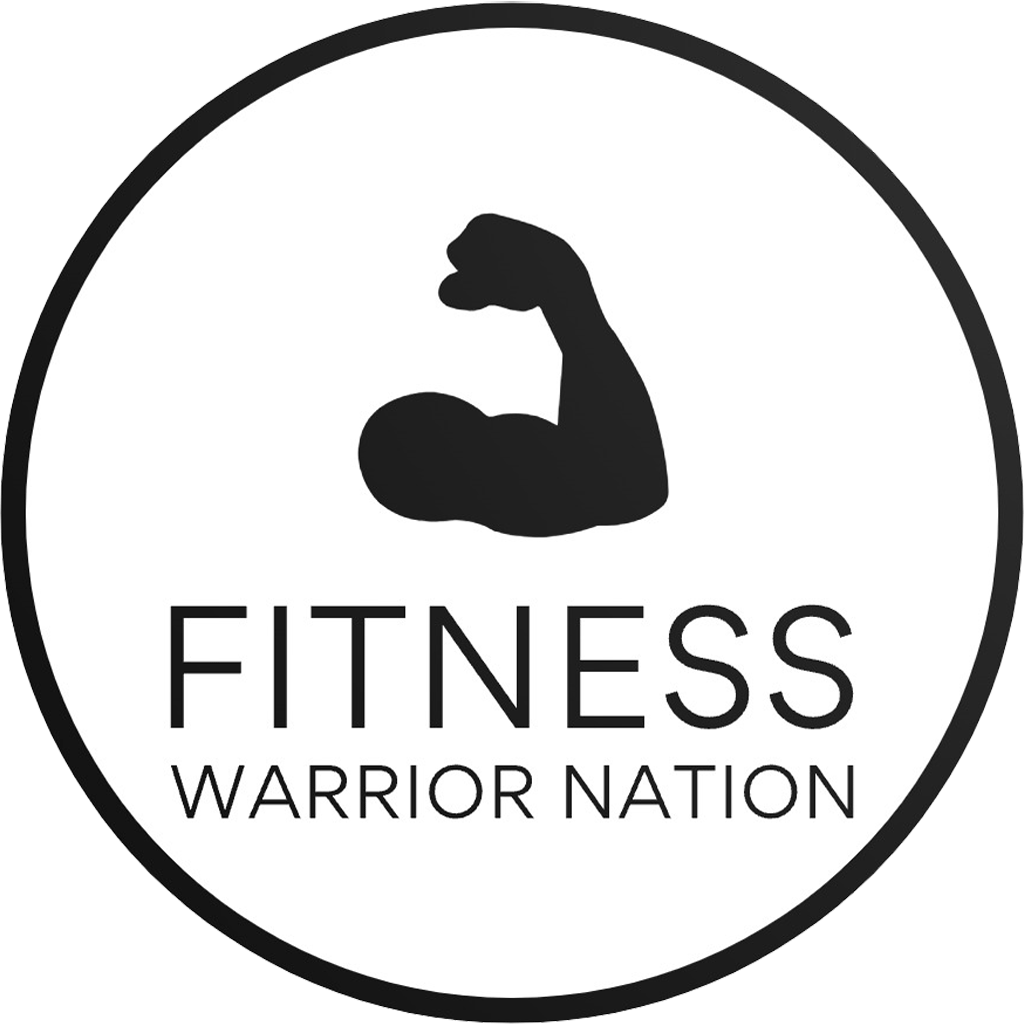Shedding 70 pounds naturally is no small feat, and when a fitness coach who has accomplished exactly that shares her secrets, it’s worth paying attention. Kathryn Dakota Kaiser, a well-known fitness warrior and coach, has opened up about the four essential post-workout habits that helped her maintain a toned, lean midsection after her significant weight loss journey. In a world flooded with fitness trends and quick fixes, Kathryn’s advice centers on sustainable, scientifically-backed habits that tackle one of the most stubborn areas for fat loss: the stomach. Her approach combines simple recovery strategies, smart nutrition timing, and stress hormone regulation—key factors anyone serious about a flatter stomach should know.
At the core of her routine is understanding the impact of cortisol, the stress hormone that can particularly target belly fat accumulation in women. By managing post-exercise stress and strategically refueling, Kathryn has unlocked a method that supports fat burning, muscle retention, and overall wellness. Whether you’re an athlete, a fitness enthusiast, or someone starting out, these four straightforward habits can instantly improve your post-workout results and set you on a path toward lasting fitness gains. Integrating these into your recovery routine may just be the game-changer you need.
Post-Workout Walking: A Vital Step for Belly Fat Reduction and Stress Relief
Immediately following an intense workout, especially high-intensity interval training (HIIT) or heavy lifting sessions, it’s tempting to sit down and rest. However, fitness coach Kathryn Dakota Kaiser emphasizes the power of walking for at least five minutes post-exercise to aid in reducing cortisol levels and promote a flatter stomach.
Why walking matters after exercise:
- Gradual cooldown restores hormonal balance: Walking helps your body transition smoothly from high-intensity activity to rest. This slow recovery reduces cortisol — a hormone associated with fat storage around the belly.
- Improved circulation speeds recovery: Low-intensity movement encourages blood flow, flushing out metabolic waste and delivering oxygen to muscles, facilitating quicker repair and less soreness.
- Enhancing fat oxidation: Continuing gentle movement post-workout keeps your metabolism raised, aiding in fat burning, especially around stubborn areas like the abdomen.
Examples from Kathryn’s routine highlight how this simple step supports long-term fat loss:
- After a grueling HIIT session, despite the urge to sit, she chooses to walk—whether outdoors or on a treadmill—to ease her body’s recovery.
- Walking also acts as an active meditation, helping to lower stress that can otherwise trigger fat storage, especially around the visceral fat stores of the stomach.
Besides these physiological benefits, post-workout walking has psychological perks. It builds a habit of continual movement that complements activity levels encouraged by brands like Nike, Adidas, and Under Armour. Combined with the motivational environments these leaders cultivate, walking after your workout fits perfectly into a holistic training routine.
Integrate post-workout walking effectively by:
- Setting a dedicated five-minute cooldown walk after each training session.
- Utilizing a fitness tracker, such as Fitbit, to monitor heart rate reductions and recovery progress.
- Walking in natural light when possible to enhance mood and vitamin D synthesis.
Among recovery tactics, this habit stands tall for managing stress hormones and improving your chance at a visibly flatter stomach almost immediately.
| Benefit | Effect on Body | Post-Workout Impact |
|---|---|---|
| Gradual cortisol reduction | Lowers stress hormone levels | Reduces belly fat accumulation |
| Improved circulation | Speeds recovery | Reduces muscle soreness |
| Fat oxidation boost | Keeps metabolism active | Supports sustained fat burning |
The Power of Protein: How Protein Intake After Workouts Accelerates a Leaner Midsection
Following through with intentional nutrition is just as vital as exercise itself. Kathryn’s weight loss success was driven by pairing strength training with strategic protein intake, helping her rebuild lean muscle and increase fat metabolism.
Why post-workout protein is essential:
- Muscle recovery and repair: Muscles undergo micro-tears during strength training. Protein supplies essential amino acids to repair and rebuild muscle fibers stronger.
- Boosts metabolic rate: Lean muscle mass burns more calories at rest, speeding fat loss, especially around the abdomen.
- Prevents muscle breakdown: Without protein, your body risks losing precious muscle mass instead of fat.
Kathryn advises consuming 25 grams of protein powder mixed with water immediately after working out. This quick-digesting protein replenishes muscles rapidly and begins the recovery process instantly.
In addition, a full meal within an hour featuring another 25 grams of protein combined with healthy carbohydrates supports sustained energy and muscle synthesis. The carbs act as the “transport vehicle” delivering protein’s nutrients to muscles, crucial for building lean muscle that burns fat efficiently.
Here are some protein sources and combo ideas that align well with strength-based training:
- Whey protein shakes with water or almond milk
- Grilled chicken breast with quinoa and sweet potatoes
- Greek yogurt with berries and a sprinkle of granola
- Egg white omelets mixed with oatmeal or whole grain toast
Fitness tech leaders such as Bodybuilding.com and MyFitnessPal offer nutrition tracking tools that help optimize protein timing to make the most of workout gains. These tools provide personalized recommendations crucial for maintaining muscle and accelerating fat loss.
Remember, integrating proper protein nutrition post-exercise is non-negotiable for anyone aiming at faster, sustained fat loss and that lean, flat stomach.
| Protein Intake Timing | Goals | Sample Food Options |
|---|---|---|
| Immediately post-workout | Fast muscle recovery | 25g protein shake with water |
| Within 1 hour post-workout | Muscle building and energy | 25g protein + 50g carbohydrates (e.g., sweet potatoes) |
Balancing Carbohydrates and Protein: The Ultimate Combination for Post-Exercise Muscle Growth and Fat Loss
Kathryn’s approach emphasizes the necessity of not just protein, but pairing it with adequate carbohydrates for optimal post-workout nutrition—a synergy often misunderstood in fat loss communities.
The carbohydrate-protein connection explained:
- Carbohydrates replenish glycogen stores: After training, glycogen—stored muscle carbohydrates—is depleted. Replenishing glycogen ensures muscles recover and perform again optimally.
- Carbs enable protein transport: Carbohydrates serve as the energy “vehicle” that helps shuttle protein’s amino acids through your bloodstream into your muscle cells.
- Support for lean muscle synthesis: The combined intake supports repair and growth, critical to improving metabolic rate and reducing fat storage.
In practice, a balanced meal or snack that contains about 25 grams of protein alongside roughly 50 grams of carbohydrates is Kathryn’s formula after a workout. This could look like a bowl of whole-grain pasta with turkey meatballs, or rice with black beans and grilled salmon, aligning with the principles promoted by sportswear brands like Lululemon and fitness programs such as Beachbody.
Maintaining this balance reduces reliance on cardio alone for fat loss, which Kathryn explicitly avoids, instead placing emphasis on strength training followed by this precise nutritional strategy for lasting change.
| Meal Components | Role in Recovery | Examples |
|---|---|---|
| Protein (25g) | Repairs muscle tears | Turkey meatballs, grilled salmon |
| Carbohydrates (50g) | Replenishes glycogen, transports protein | Whole grain pasta, brown rice, black beans |
Managing Cortisol: Simple Practices for Hormonal Balance and a Slimmer Waistline
Cortisol, often dubbed the stress hormone, has a notorious impact on how fat is stored, especially around the midsection. Kathryn Dakota Kaiser’s routine includes intentional relaxation techniques that activate the parasympathetic nervous system to calm cortisol levels post-exercise.
What happens when cortisol is high?
- Triggers fat storage: Elevated cortisol encourages fat to accumulate in visceral areas—deep belly fat that is linked to health risks.
- Interferes with muscle growth: Stress hormones can degrade muscle tissue or hinder its synthesis, conflicting with fat loss goals.
- Disrupts sleep and recovery: Poor cortisol regulation leads to insomnia and inadequate rest, which are detrimental to fitness progress.
Kathryn’s technique to lower cortisol post-workout:
- Legs up the wall pose: Lying on the back with feet elevated vertically against a wall for 10 minutes relaxes the nervous system and promotes parasympathetic activation.
- Deep, mindful breathing: Incorporating slow breaths enhances parasympathetic response further, accelerating recovery.
- Consistent practice: Regularly applying this after workouts supports hormone balance and a slimmer waistline over time.
This mindful downtime is a key habit to avoid the “post-workout slump” that many face, and it’s compatible with tracking recovery using gadgets like Peloton fitness bikes or apps that monitor stress and heart rate variability.
Combining these relaxation practices with nutritionally driven workouts from sources like Fitness Warrior Nation’s nutrition guides ensures your body not only burns fat but also rebuilds itself smarter and stronger.
| Relaxation Practice | Effect on Body | Impact on Fitness Results |
|---|---|---|
| Legs up the wall | Activates parasympathetic nervous system | Reduces cortisol, promotes fat burning |
| Mindful breathing | Supports nervous system recovery | Improves hormone balance |
| Regular practice | Maintains hormonal regulation | Supports consistent fat loss, muscle gain |
Integrating Post-Workout Habits with Fitness Technology and Popular Lifestyle Brands for Maximum Impact
In the dynamic fitness landscape of 2025, leveraging technology and trusted lifestyle brands enhances the effectiveness of post-workout habits. Kathryn’s approach is complemented by fitness gear and tools from leaders like Reebok, Lululemon, and Peloton, alongside apps such as MyFitnessPal and Bodybuilding.com that provide nutritional tracking and workout planning.
Practical ways to align your routine with innovations in fitness include:
- Use fitness trackers (Fitbit, Peloton devices) to monitor heart rate recovery and stress levels during cooldown phases.
- Choose performance wear from brands like Adidas and Under Armour that support muscle recovery through compression technology.
- Track protein and carbohydrate intake with apps like MyFitnessPal to ensure you’re hitting post-workout nutrition targets precisely.
- Follow structured workout programs on Bodybuilding.com or Beachbody that incorporate adequate recovery and nutrition education.
- Engage with community challenges and motivational content such as those provided in the free summer fitness series to sustain accountability and motivation.
By integrating these tools and brands into your lifestyle, you not only create a supportive environment conducive to fat loss and muscle gain but also empower yourself with knowledge. This holistic approach echoes the insights in resources like How to Stay Motivated During Workouts and Incorporate Healthy Habits, bridging the gap between effort and transformation.
These combined factors are essential for turning post-workout recovery into a powerhouse for an instantly flatter stomach and long-lasting fitness improvements.
| Fitness Element | Brand/Tool | Benefit |
|---|---|---|
| Workout recovery | Fitness trackers (Fitbit, Peloton) | Monitors heart rate and stress |
| Performance apparel | Adidas, Under Armour, Reebok | Supports muscle recovery with compression |
| Nutrition tracking | MyFitnessPal, Bodybuilding.com | Ensures protein and carb intake targets |
| Workout programming | Beachbody, Bodybuilding.com | Structured routines combining strength and nutrition |
| Motivation & community | Free summer fitness series, online coaching | Keeps engagement high and accountability strong |


